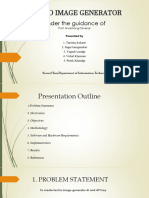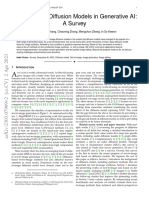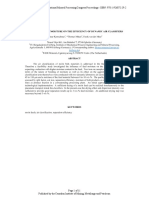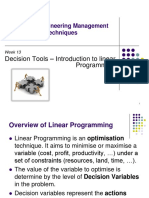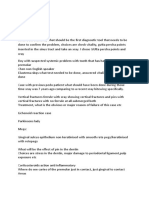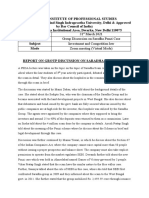0% found this document useful (0 votes)
19 views25 pagesImageGenerator Project Report (Tech-Titans)
The document presents a minor project report on 'Text-To-Image-Generator Using Stable Diffusion Model' submitted by students of Baba Ghulam Shah Badshah University for their B.Tech degree in Computer Science and Engineering. It details the project's aim to develop an AI system that generates high-quality images from text descriptions using the Stable Diffusion model, emphasizing its efficiency and accessibility on consumer hardware. The report includes sections on system design, literature survey, implementation, and analysis, highlighting the advancements in text-to-image generation and the integration of ethical content moderation.
Uploaded by
ritiksharma4451Copyright
© © All Rights Reserved
We take content rights seriously. If you suspect this is your content, claim it here.
Available Formats
Download as PDF, TXT or read online on Scribd
0% found this document useful (0 votes)
19 views25 pagesImageGenerator Project Report (Tech-Titans)
The document presents a minor project report on 'Text-To-Image-Generator Using Stable Diffusion Model' submitted by students of Baba Ghulam Shah Badshah University for their B.Tech degree in Computer Science and Engineering. It details the project's aim to develop an AI system that generates high-quality images from text descriptions using the Stable Diffusion model, emphasizing its efficiency and accessibility on consumer hardware. The report includes sections on system design, literature survey, implementation, and analysis, highlighting the advancements in text-to-image generation and the integration of ethical content moderation.
Uploaded by
ritiksharma4451Copyright
© © All Rights Reserved
We take content rights seriously. If you suspect this is your content, claim it here.
Available Formats
Download as PDF, TXT or read online on Scribd
/ 25





